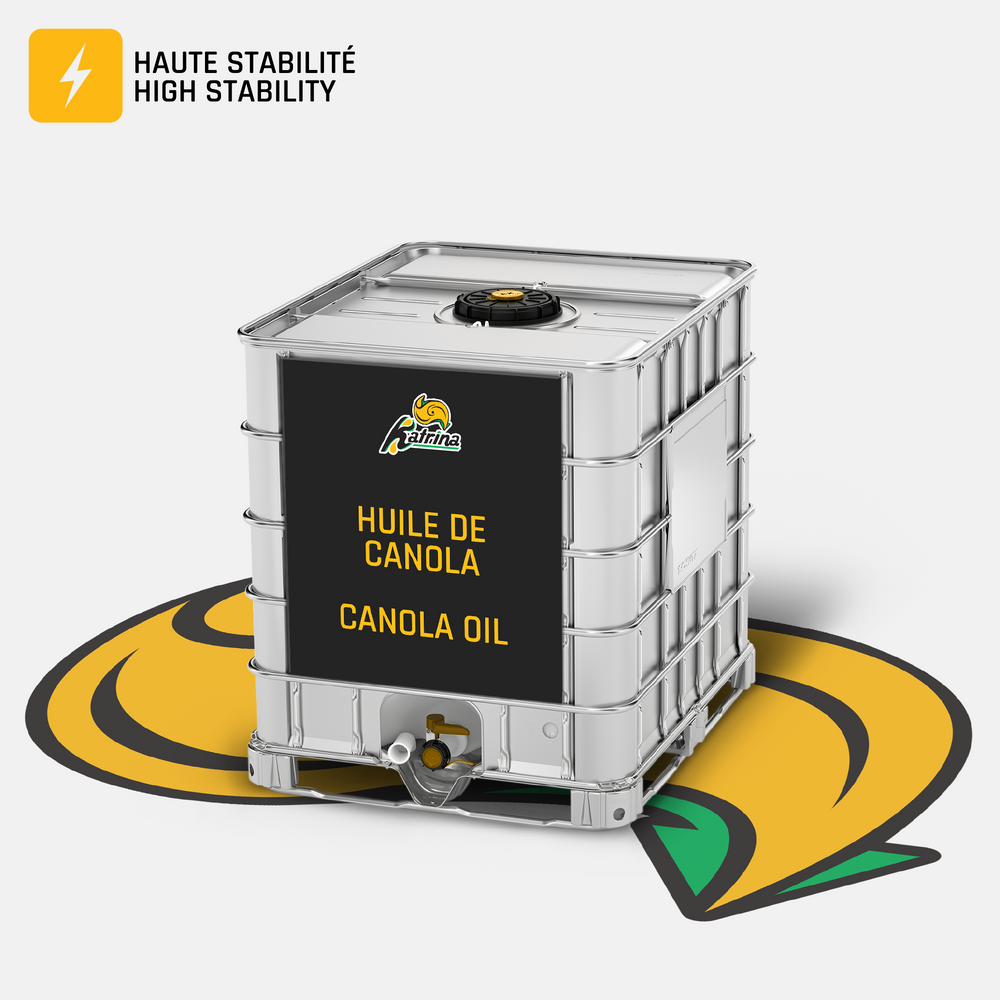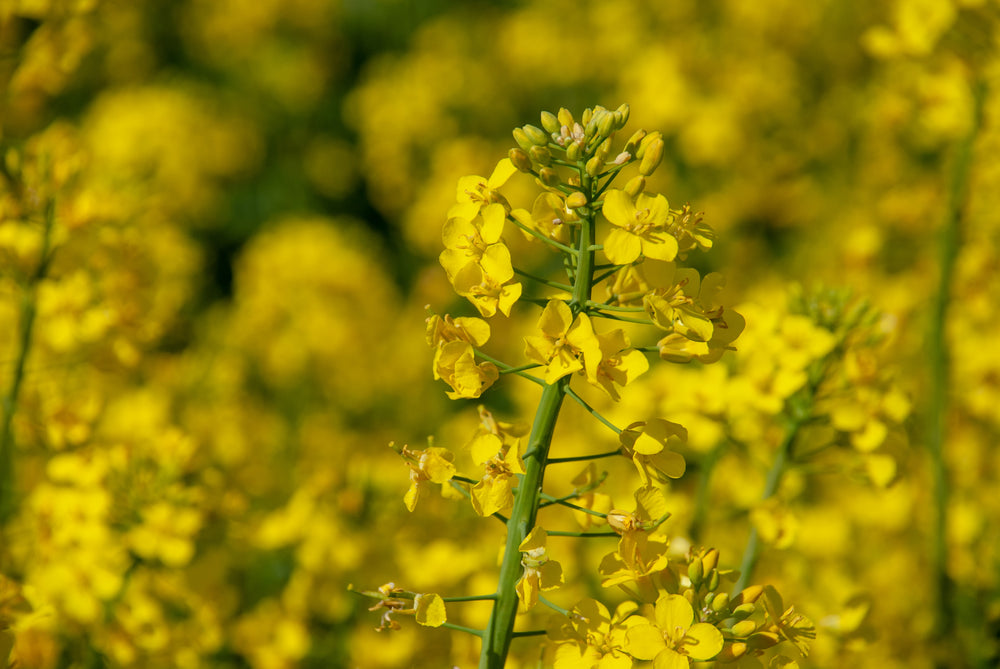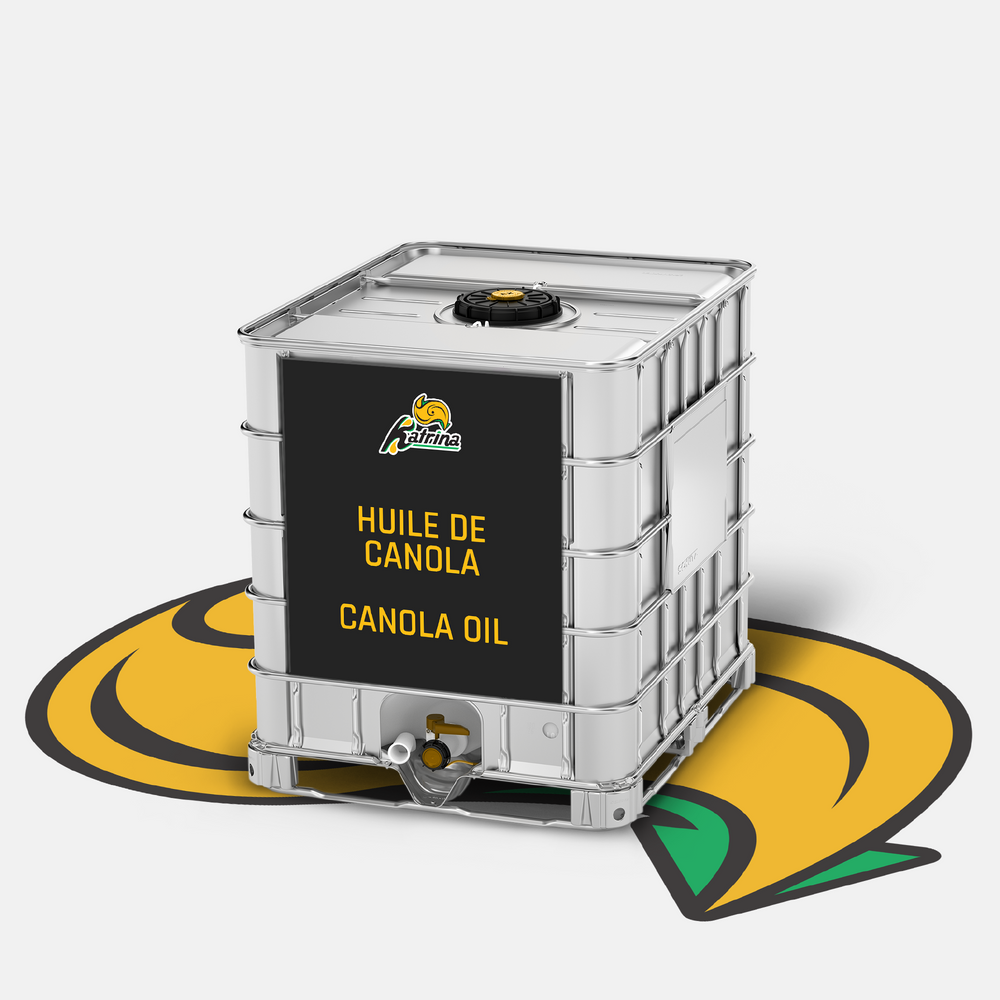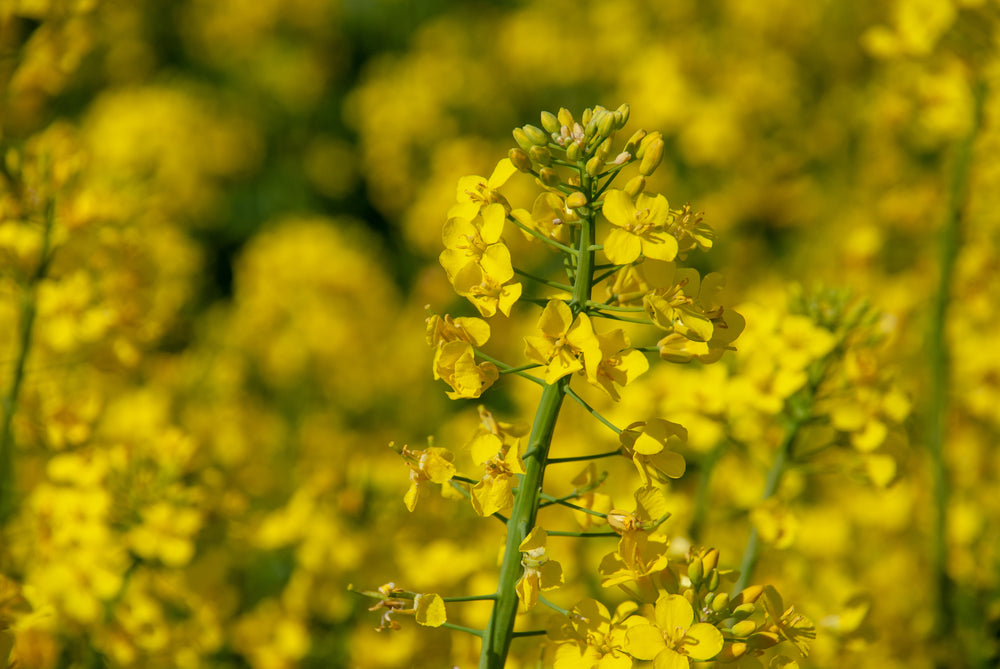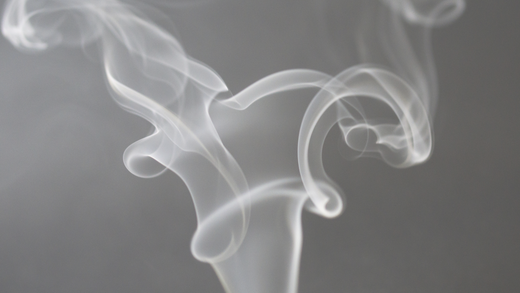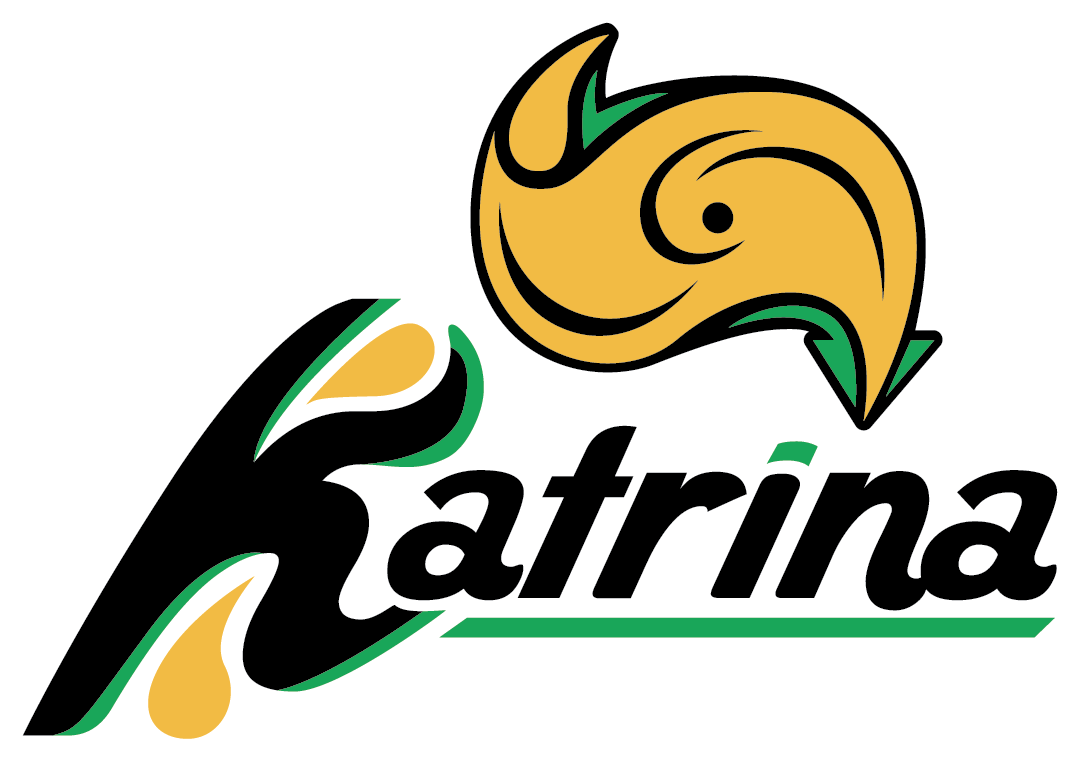Cooking Oil Smoke Point Chart: What’s Best for High Heat?
A common mistake we make in the kitchen is choosing the type of oil we cook with based solely on flavour profile. Most of us know that olive oil goes with Mediterranean food and sesame oil with Asian-inspired dishes, but an oil’s flavour profile is only one aspect we should be considering. A more important factor that often goes unnoticed is the oil’s smoke point.
All cooking oils don’t work the same. Based on their refinement process and monounsaturated fat levels, these oils smoke and burn at varied temperatures.

You want to choose an oil that won’t burn or break down while you’re trying to cook with it. Not only is cooking an oil with an appropriate smoke point better in terms of food safety measures, it also prevents a fire breaking out in your kitchen. Using a cooking oil smoke point chart makes it easier to understand what oils to use for different cooking methods.
Since 2010, we've been trusted suppliers of high-quality vegetable oils to some of the world's top food manufacturers, delivering thousands of litres each year. Our extensive experience in the industry positions us as experts in providing the right oils for every culinary need.
In this guide, we'll walk you through the importance of smoke points and how to choose the best oils for your cooking methods, ensuring both safety and culinary excellence.
What is an Oil Smoke Point?
An oil smoke point is the temperature at which the fat in the cooking oil breaks down and reaches its burning point, which often produces visible smoke. The cooking oil’s triglycerides begin to degrade when the oil reaches its smoke point. When this smoke point is reached, harmful compounds are formed. Examples of these compounds include free radicals and acrolein, which gives burnt food its bitter taste.
Different cooking oils have different smoke points. That’s why some oils are more appropriate for high-temperature cooking methods like sautéing or frying while others are better-suited for use in salad dressings or lower-heat cooking.
What is the Best Cooking Oil with a High Smoke Point?
When it comes to high-heat cooking—whether you're frying, stir-frying, or broiling—choosing oils with smoke points over 400°F are ideal, ensuring they don't break down and release harmful compounds during cooking.
Light Refined Olive Oil
Light refined olive oil is known for being one of the highest smoke point cooking oil options. It has a smoke point of 390°F to 479°F and is versatile, offering the health benefits of olive oil while withstanding higher temperatures. It's a solid choice for sautéing, roasting, and grilling.
Refined Avocado Oil
Being one of the highest smoke point cooking oil products reaching 480°F to 520°F, refined avocado oil is perfect for searing and deep-frying. Plus, it’s packed with heart-healthy monounsaturated fats, which is why it’s considered by some to be the best cooking oil with a high smoke point.
Canola Oil
A kitchen staple, canola oil is affordable, has a smoke point of 400°F to 475°F, neutral in flavour, and highly refined, making it suitable for a wide range of high-heat applications.
Grapeseed Oil
Grapeseed oil has a smoke point of 420°F and is known for its clean, light taste and high smoke point, making it a great option for frying and sautéing.
Refined Peanut Oil
Ideal for frying, refined peanut oil has a smoke point of 450°F and imparts a subtle nutty flavour and can handle the intense heat needed for dishes like stir-fry.
Refined Sesame Oil
Popular in Asian cuisine, refined sesame oil has a smoke point of 410°F and offers a mild flavour and high heat tolerance, perfect for wok cooking.
Refined Sunflower Oil
With its neutral taste and high smoke point of 450°F, refined sunflower oil is a versatile choice for frying, baking, and roasting.
Corn Oil
Corn oil’s mild flavour and high smoke point of 400°F to 450°F make it a go-to for deep frying and grilling.
Soybean Oil
Soybean oil is another affordable option with a high smoke point of 450°F, widely used in commercial frying and baking.
Safflower Oil
Extremely heat-resistant with a smoke point of 475°F to 500°F, safflower oil is perfect for high-temperature cooking methods like frying and broiling.
Macadamia Oil
While having a slightly lower smoke point of 413°F, macadamia oil offers a rich, buttery flavour that enhances the taste of sautéed and grilled foods.
What Are the Best Medium Smoke Point Oils?
For medium-heat cooking, like baking, sautéing, or browning, selecting oils with smoke points between 350°F and 425°F are perfect because they can hold up under moderate heat without breaking down.
Unrefined Avocado Oil
Unrefined avocado oil is packed with nutrients and offers a slightly grassy flavour with a medium smoke point of 350°F to 400°F. It's perfect for sautéing vegetables or lightly browning meats while retaining its health benefits.
Vegetable Oil
Typically made from a blend of plant-based oils, vegetable oil is a versatile and cost-effective choice for everyday cooking tasks like baking and sautéing. Its smoke point varies slightly based on the specific oils used in the blend but it ranges around ~400°F.
Refined Coconut Oil
Refined coconut oil has a neutral taste and a solid smoke point of 400°F, making it an excellent option for medium-heat cooking. It's particularly good for baking and sautéing, adding a subtle richness to your dishes without overpowering flavours.
Lard
Lard, rendered from pork fat, is a traditional cooking fat with a relatively high smoke point of 374°F. It imparts a rich, savoury flavour to foods, making it ideal for browning and roasting.
Frequently Asked Questions about Cooking Oil Smoke Points
What cooking oil has the highest smoke point?
The cooking oil with the highest smoke point is refined avocado oil, which has a smoke point of approximately 520°F (271°C). This makes it ideal for high-heat cooking methods like frying, searing, and grilling.
Does canola or vegetable oil have a higher smoke point?
Canola oil generally has a slightly higher smoke point than most vegetable oils. Canola oil's smoke point is typically around 400°F (204°C), while vegetable oil, which is often a blend of different oils, can vary but is usually around 400°F (204°C) as well. Some vegetable oils may have lower or higher smoke points depending on the specific blend.
What's the healthiest high temp cooking oil?
Avocado oil is often considered the healthiest oil for high-temperature cooking. It has a very high smoke point of around 520°F (271°C), is rich in heart-healthy monounsaturated fats, and has a neutral flavour, which makes it suitable for frying, searing, or sautéing.
Is olive oil or canola oil better for high heat?
Canola oil is generally better for high-heat cooking due to its higher smoke point of around 400°F (204°C) compared to extra virgin olive oil, which has a smoke point of about 375°F (190°C). However, refined olive oil (not extra virgin) has a higher smoke point, closer to 465°F (240°C), making it a good option for high-heat cooking while still providing the benefits of olive oil.

